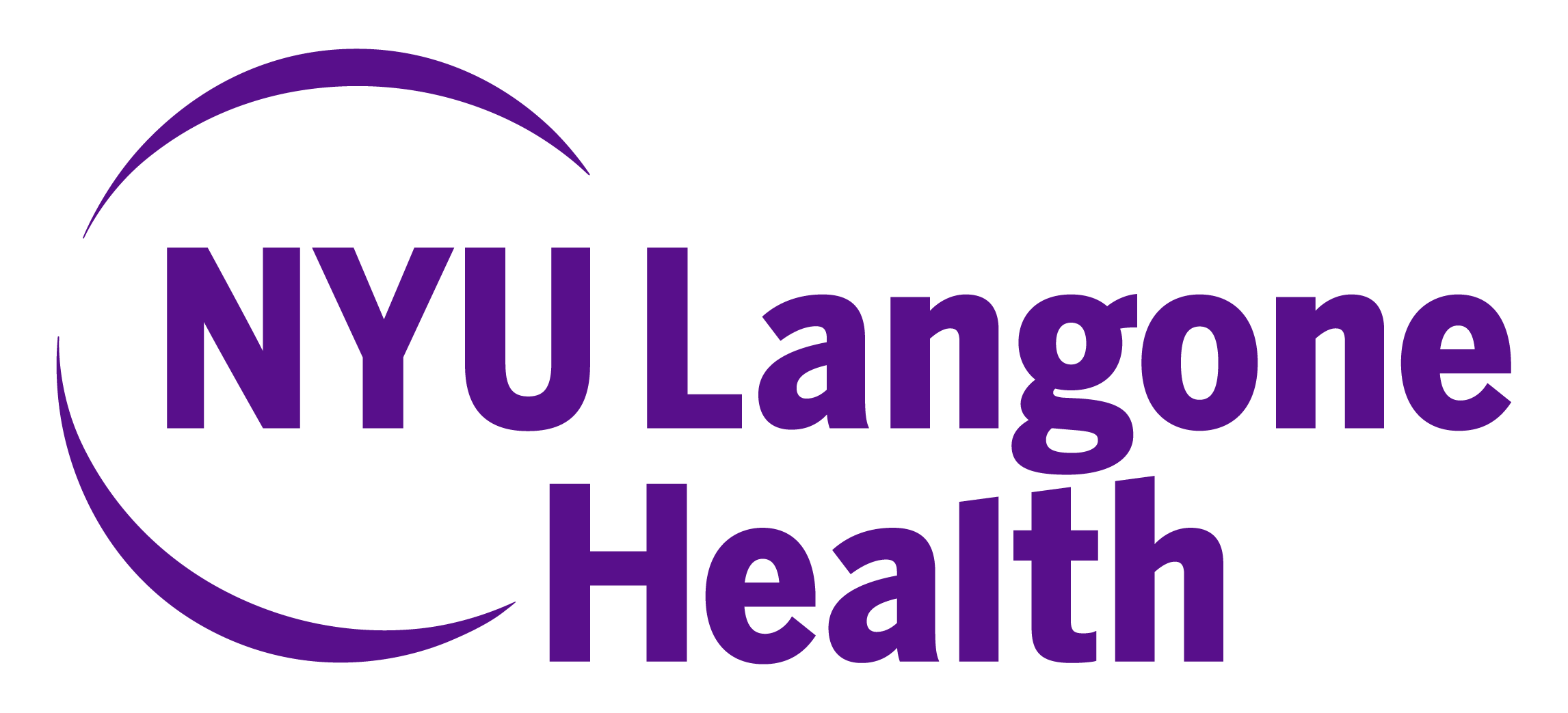- Advertise
- About OncLive
- Editorial Board
- MJH Life Sciences brands
- Contact Us
- Privacy
- Terms & Conditions
- Do Not Sell My Information
2 Clarke Drive
Suite 100
Cranbury, NJ 08512
© 2025 MJH Life Sciences™ and OncLive - Clinical Oncology News, Cancer Expert Insights. All rights reserved.
Geography Should Not Be Destiny
To really advance equity in cancer care, we must think long and hard about where we apply innovation and how we measure success.
I envisioned my first year as a hem/onc fellow to be a time of significant growth. I would begin to tackle a steep learning curve, hone my skills in the bone marrow biopsies and lumbar punctures in which I had assisted as a resident, and—most important—increase in emotional intelligence as I helped families navigate difficult decisions about topics whose fundamentals I was still learning. I would do all this while trying to stay up to date on the scientific advances and trial data I was still trying to interpret.
I did not expect, however, to witness the health inequities I saw in midtown Manhattan. It has been a privilege to meet and care for extremely resilient patients from around the globe who have had to overcome the life-changing consequences of a cancer diagnosis while facing systemic barriers to care. Their experiences have reminded me of my roots.
I am a proud first-generation American. My family is from a small agrarian town on the banks of the Nile in northern Egypt, where my grandfather owned a cotton farm. My relatives were intelligent, resourceful, innovative, and tenacious. They worked hard to make the best of their circumstances.
Unfortunately, opportunities often fell short of their needs, particularly when it came to health care. I remember my grandmother’s stories about the long trips she had to take to receive the most basic of medical services and about the friends who, diagnosed with cancer, quickly died after getting little if any care.
For my family, inequity and disparities were tangible obstacles that had to be overcome every day. It is the same for my patients, and this shared reality has strengthened our bond.
I have trained in a variety of settings, including an NCI-designated comprehensive cancer center, the oncology clinic at Bellevue—one of New York City’s safety net hospitals—and a rural cancer center in Rwanda. What I have learned is that this disease, more than any other, reveals the systemic disparities in health care. To illustrate, allow me to mention a pair of patients with breast cancer I have seen.
In one case, a woman discovers her cancer during a biennial mammogram. Her primary care provider (PCP) immediately refers the patient to an oncologist with whom he has a longstanding relationship.
In the other case, a woman notices a mass in her breast but fears the communal stigma of a cancer diagnosis. She may determine that medical help is beyond her geographic and financial reach, which leads to delays and limited options.
The first woman has access to the latest standards of care, including treatments tested in a plethora of clinical trials. The other cannot access basic therapies that have been available in wealthier countries for more than a decade.
One woman has insurance to shoulder most of the financial burden. An oncologist familiar with the latest techniques will oversee her care.
The other will have to spend a substantial amount of her family’s income just to make the trip to the cancer center, which could take hours or even days. She could have been my mother or grandmother.
At Bellevue, we can easily see the role geography plays in cancer outcomes. Patients come to us from all over the world, and we strive to offer them advanced diagnostics, targeted therapies, immunotherapy, and a comprehensive clinical trial portfolio. We do this regardless of who they are and where they come from.
Nonetheless, I can’t help but think about those who weren’t able to pay for the flight, became too ill to make the trip, or simply didn’t know about Bellevue. I can’t help but think about my patients, who must return home owing to the intricacies of US immigration policies. I have started them on regimens that would save their lives if only they were able to continue treatment.
That’s why I ask all members of the oncology community: When will our best work reach everyone? When will people no longer have to travel halfway round the world to receive what we in the US call standard? Are we even considering ways to bring the best to them and the places they call home?
In my first year of training, I have learned that cancer affects all of us, that it is one of the most expensive diseases to treat, and that, although we share a common humanity, we do not share the same armamentarium.
To really advance equity in cancer care, we must think long and hard about where we apply innovation and how we measure success. It is essential that we accept the challenge of analyzing the process of innovation at their foundation to ensure that equity is intentional rather than retroactive and that equity includes all patients. Innovation that misses the many is innovation that misses its potential.
As professionals dedicated to fighting one of humanity’s greatest enemies, we must remember the millions who cannot access the fruits of our labor. For the sake of people like the mother in Africa with HER2-positive breast cancer and those in Egypt who my family knew and loved and lost, we must consider the democratization of innovation as a monumental innovation in itself.
Kevin Diasti, MD, is a Hematology and Oncology Fellow at Perlmutter Cancer Center at NYU Langone Health in New York, New York.


